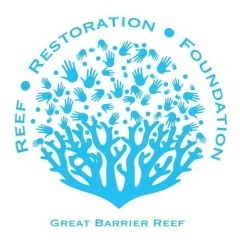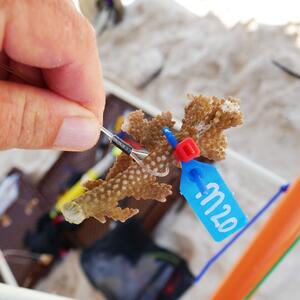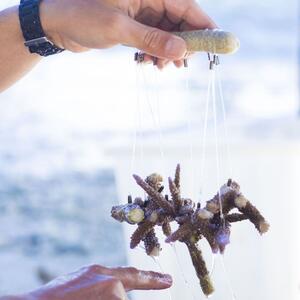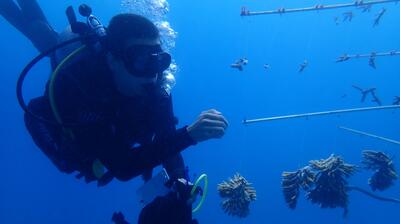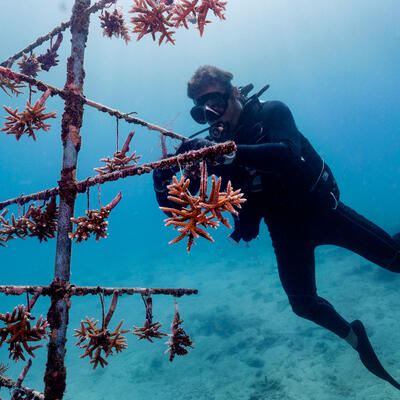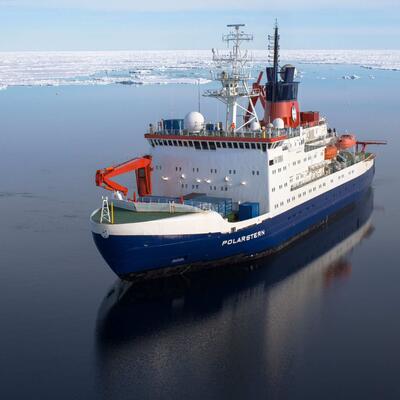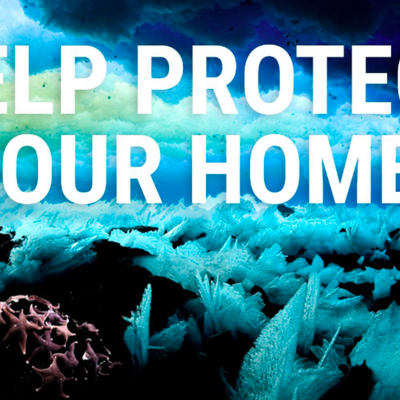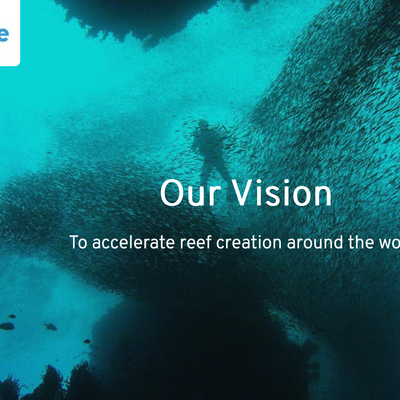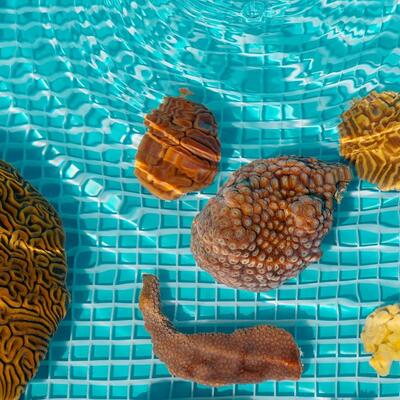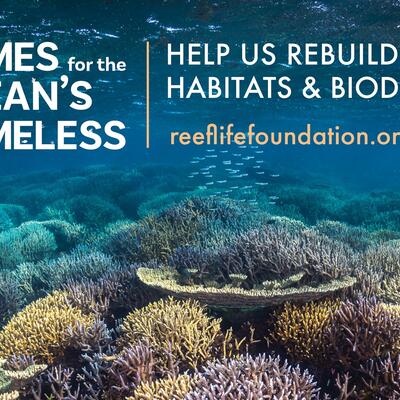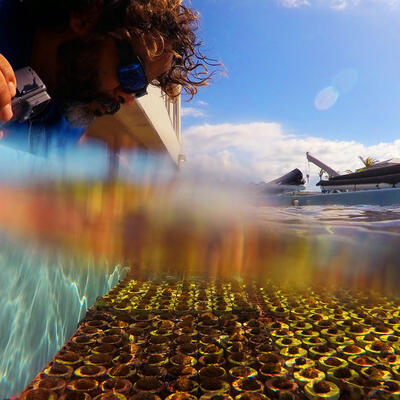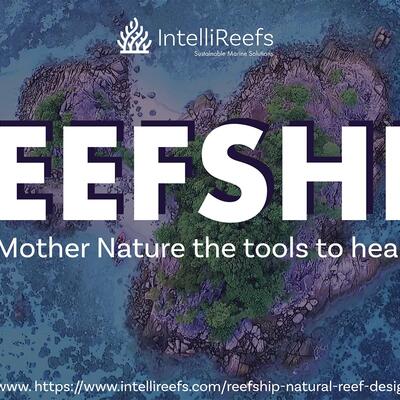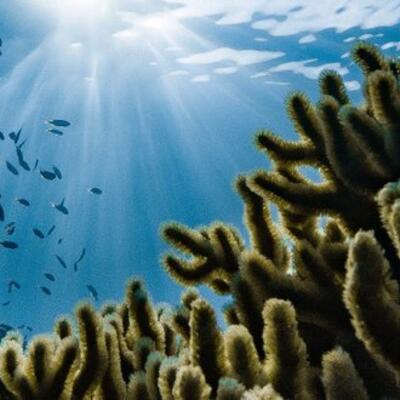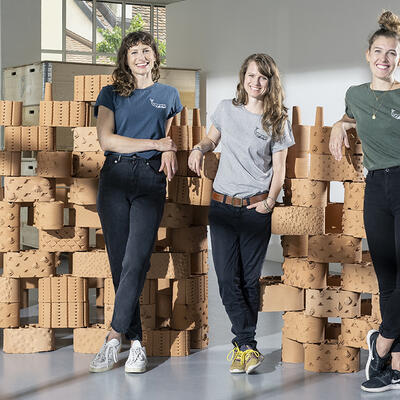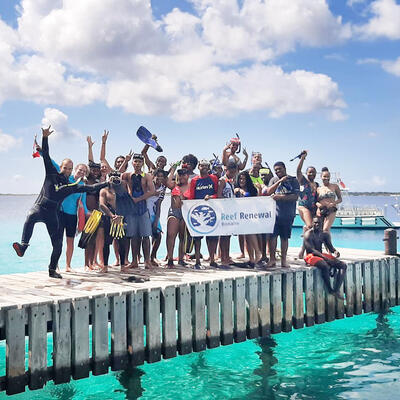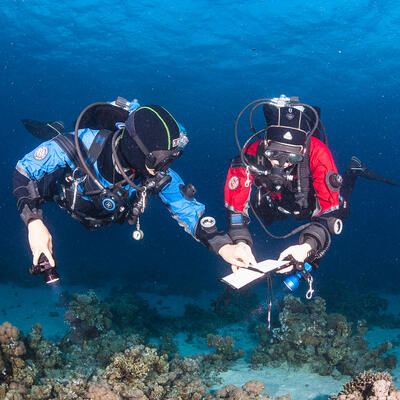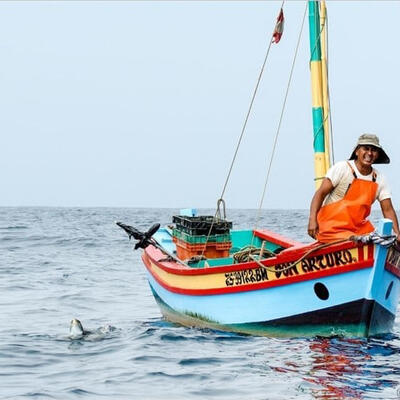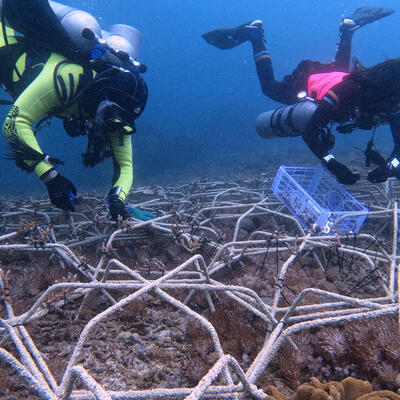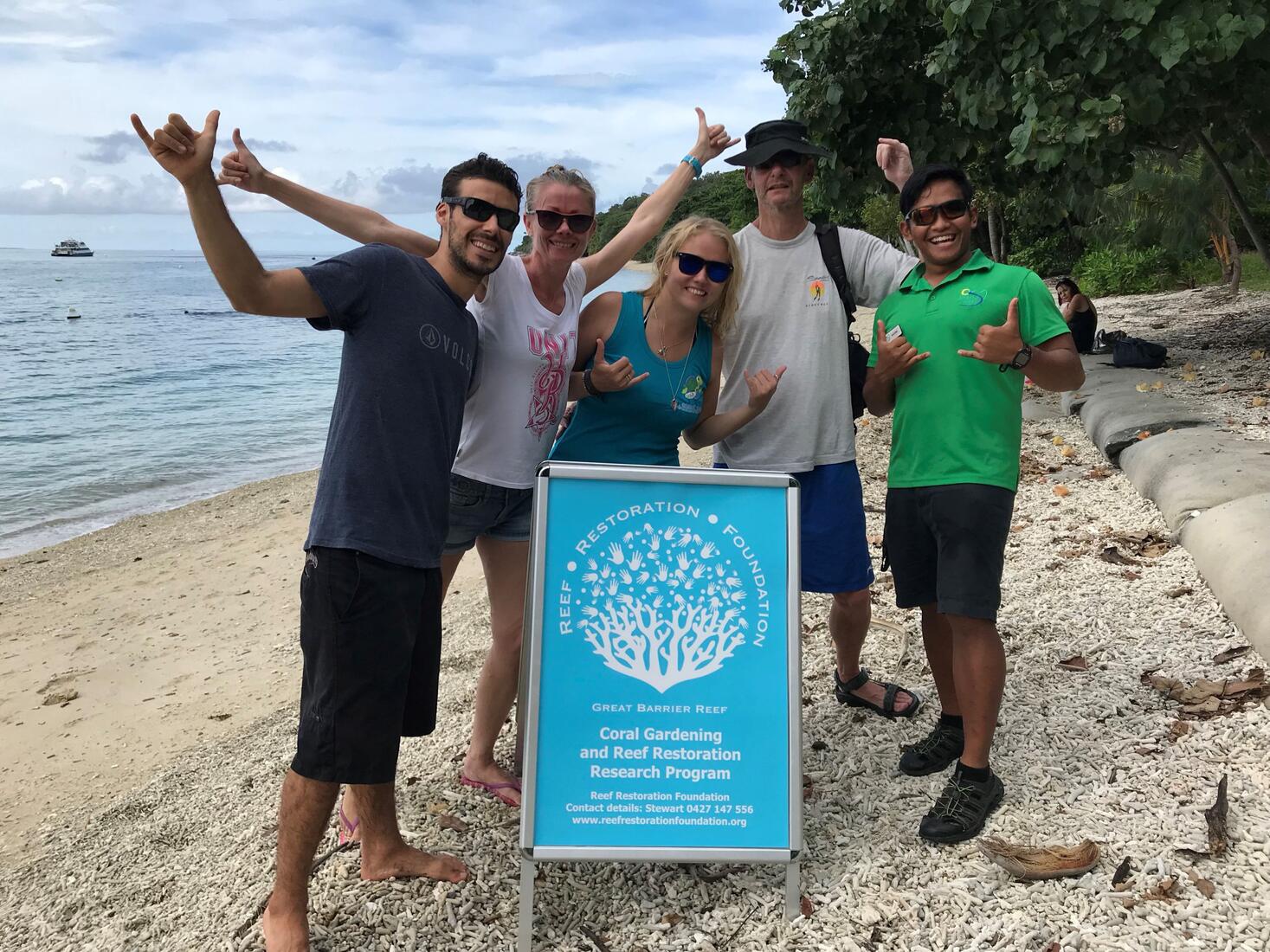
Reef Restoration Foundation
-
Main problem:
Climate change and global warming -
Subproblem:
Coral bleaching and loss of biodiversity -
Consequence:
Water temperature increase -
Solution:
Coral nursery
In 2016 and 2017 there were two unprecedented back-to-back coral bleaching events combined with a major cyclone, which affected almost two thirds of the Great Barrier Reef.
Extensive negative media coverage has created a perception that the Great Barrier Reef is either dead or dying. It is clear that the Great Barrier Reef is irreplaceable and we need to do all we can to provide it with the best chance of survival. Addressing the impacts of climate change, water quality and other pressures on the Reef are critically important and we need to do much more to build its resilience. Coral nurseries and reef restoration have been assisting regenerate damaged reefs overseas for over 30 years. We established a pilot ocean-based coral nursery to regenerate coral reefs on the Great Barrier Reef at Fitzroy Island, near Cairns. Cuttings of corals that survived the two recent bleaching events (pictures above) were harvested from a nearby reef and attached to 10 coral tree frames, which accelerates the growth of the corals. The first generation of corals has been re-planted on a nearby damaged reef and the second generation of corals is being grown to continue this process. This solution has been proven overseas and adapted to the Great Barrier Reef. This process of coral regrowth mimics nature and accelerates the growth process to enable reefs to recover from bleaching and cyclone damage faster. We are working to establish a second coral nursery at another high-value reef site on the outer Great Barrier Reef off Cairns.
Photo Credits by: ©reefrestorationfoundation
https://reefrestorationfoundation.org/
